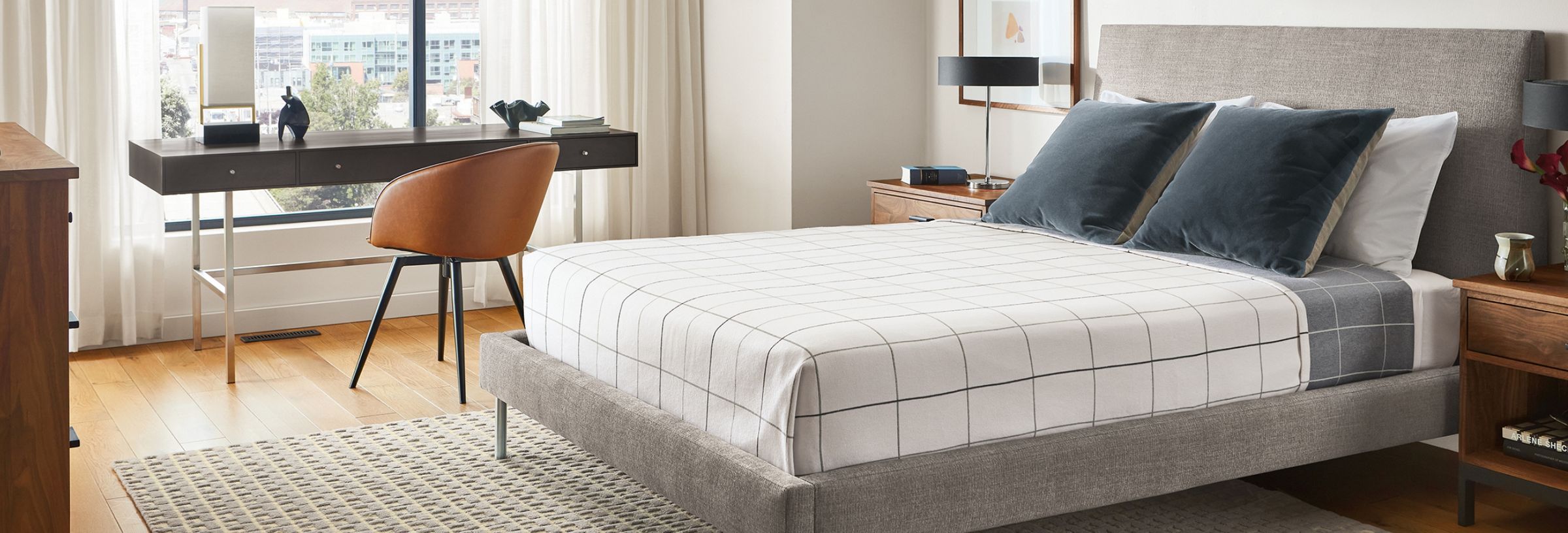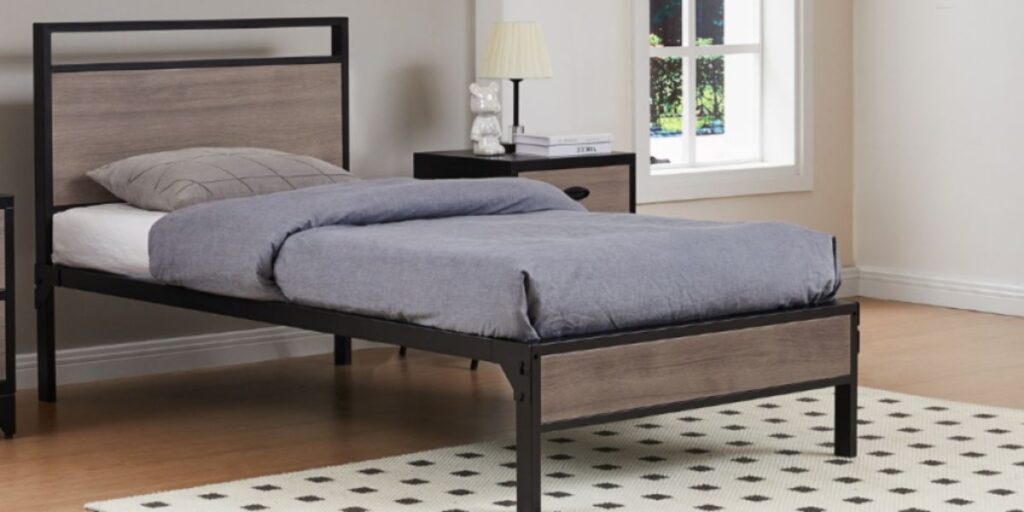All Categories
Featured

When developing a home, the style of furnishings you pick plays a considerable duty in establishing the general tone and environment of an area. Two popular designs that house owners frequently question in between are conventional and contemporary. While both designs have their one-of-a-kind allure, they differ substantially in terms of design, products, and capability. Recognizing the differences between these two designs will certainly assist you choose the appropriate pieces for your home, whether you're refurnishing a space or furnishing an entire house.
- Style and Structure. Contemporary Furniture: Contemporary furniture is identified by streamlined, minimalist layouts that highlight simplicity and tidy lines. Contemporary furniture tends to be airy and light, preferring open areas, and often avoids extreme design.
Standard Furnishings: Conventional furnishings, by comparison, draws ideas from historical styles such as Colonial, Victorian, or French Provincial. The designs are typically a lot more detailed, with bent lines, ornate carvings, and ornamental detailing. Traditional furniture pieces have a tendency to have a much more official or majestic appearance, with stylish contours and much heavier construction. Unlike the sleekness of modern items, typical furniture commemorates workmanship, commonly showcasing perfectly thorough woodwork and lavish upholstery. The visual is rooted in a feeling of timelessness and improvement.
- Materials and Finishes. Contemporary Furnishings: Contemporary furnishings is made utilizing a range of products, including steels, glass, acrylic, and wood. The products used are often lighter and less fancy than those discovered in traditional furniture, yet they are designed to highlight open areas and tidy lines.
Traditional Furnishings: Traditional furniture is recognized for its use top notch, strong products, particularly hardwoods like oak, walnut, cherry, and mahogany. The building of typical furnishings items is typically extra heavy and durable, built to last for generations. Finishes have a tendency to be polished, with abundant, dark tones that emphasize the all-natural beauty of the timber. Leather and glamorous materials, like velvet or silk, are frequently made use of for upholstery, including a feeling of luxury and convenience to typical styles.
- Color Combination. Contemporary Furniture: The shade scheme in contemporary furniture is usually extra subdued and neutral. While these neutral tones are the key structure, contemporary furnishings usually includes vibrant accent shades to bring in character and vibrancy.
Traditional Furniture: Conventional furnishings, on the various other hand, features richer, much deeper shades. Tones like wine red, navy, woodland green, and gold are generally utilized to create a cozy, inviting environment. Conventional furniture also often tends to include much more intricate patterns and textures, such as flower motifs, damask, and stripes. The use of these patterns, incorporated with the deep, cozy colors, adds a sense of comfort, elegance, and a more formal tone to the room.
- Comfort and Usefulness. Contemporary Furniture: Convenience and capability are essential parts of modern furniture. Pieces are frequently designed with ergonomic concepts in mind, guaranteeing convenience while preserving a clean, modern-day appearance. Several contemporary furnishings layouts are modular, permitting adaptability and flexibility in various space sizes and layouts. The emphasis gets on usefulness, with several modern items incorporating built-in storage or multi-functional features. This makes modern furnishings suitable for modern-day space that require both style and utility.
Conventional Furniture: While comfort is certainly a factor to consider in traditional furniture, it takes a rear seat to the sophistication and beauty of the design. Conventional furnishings might also feature elaborate details such as tufted upholstery, scrollwork, and hand-carved legs, which enhance the visual appeal however may not always use the very same degree of functionality as modern designs.

- Combination with Other Styles. Contemporary Furnishings: One of the advantages of contemporary furniture is its versatility. Contemporary furnishings functions well in open-plan spaces, metropolitan homes, and homes with minimalist decoration.
Conventional Furnishings: Typical furnishings is a lot more suited to homes that embrace a timeless, ageless layout. While it can be matched with modern or modern-day pieces to create a diverse visual, standard furniture typically stands out on its own.
- Longevity and Timelessness. Contemporary Furnishings: Contemporary furniture often tends to advance with the moments, showing existing design patterns and tastes. While the contemporary appeal of these pieces can last for several years, they may not have the very same long-term power as conventional furnishings. As trends alter, modern furniture might become outdated, but this can additionally be an advantage for those that appreciate updating their home regularly to stay on top of layout changes.
Conventional Furniture: Standard furniture, however, has a timeless high quality that allows it to retain its appeal for generations. Due to its classic style and high-quality products, conventional furnishings frequently ends up being a lasting financial investment.
Conclusion. Ultimately, the choice in between standard and modern furniture designs relies on your individual preferences and the atmosphere you wish to produce in your house. Contemporary furniture supplies smooth, minimalist layouts that concentrate on functionality and versatility, making it suitable for modern-day living. On the other hand, standard furniture offers classic elegance and elaborate workmanship, best for producing an elegant, classic atmosphere. Both styles have their qualities, and by comprehending the essential differences, you can select the appropriate items to fit your home's special character and your way of life requires.
Latest Posts
Learn About Auto Services & More: Complete Services Guide from Montclare Auto Repair
Published en
1 min read
Learn About Montclare Auto Repair’s Premier Services and Why Drivers Rely On Them
Published en
1 min read
Find Montclare Auto Repair’s Leading Car Care Solutions and Why Drivers Trust Them
Published en
1 min read
More
Latest Posts
Learn About Auto Services & More: Complete Services Guide from Montclare Auto Repair
Published May 30, 25
1 min read
Learn About Montclare Auto Repair’s Premier Services and Why Drivers Rely On Them
Published May 28, 25
1 min read
Find Montclare Auto Repair’s Leading Car Care Solutions and Why Drivers Trust Them
Published May 26, 25
1 min read